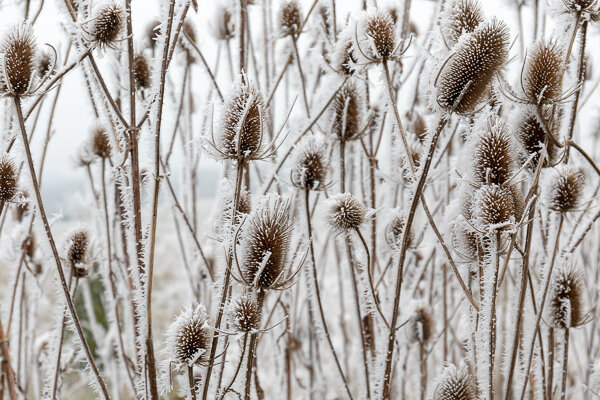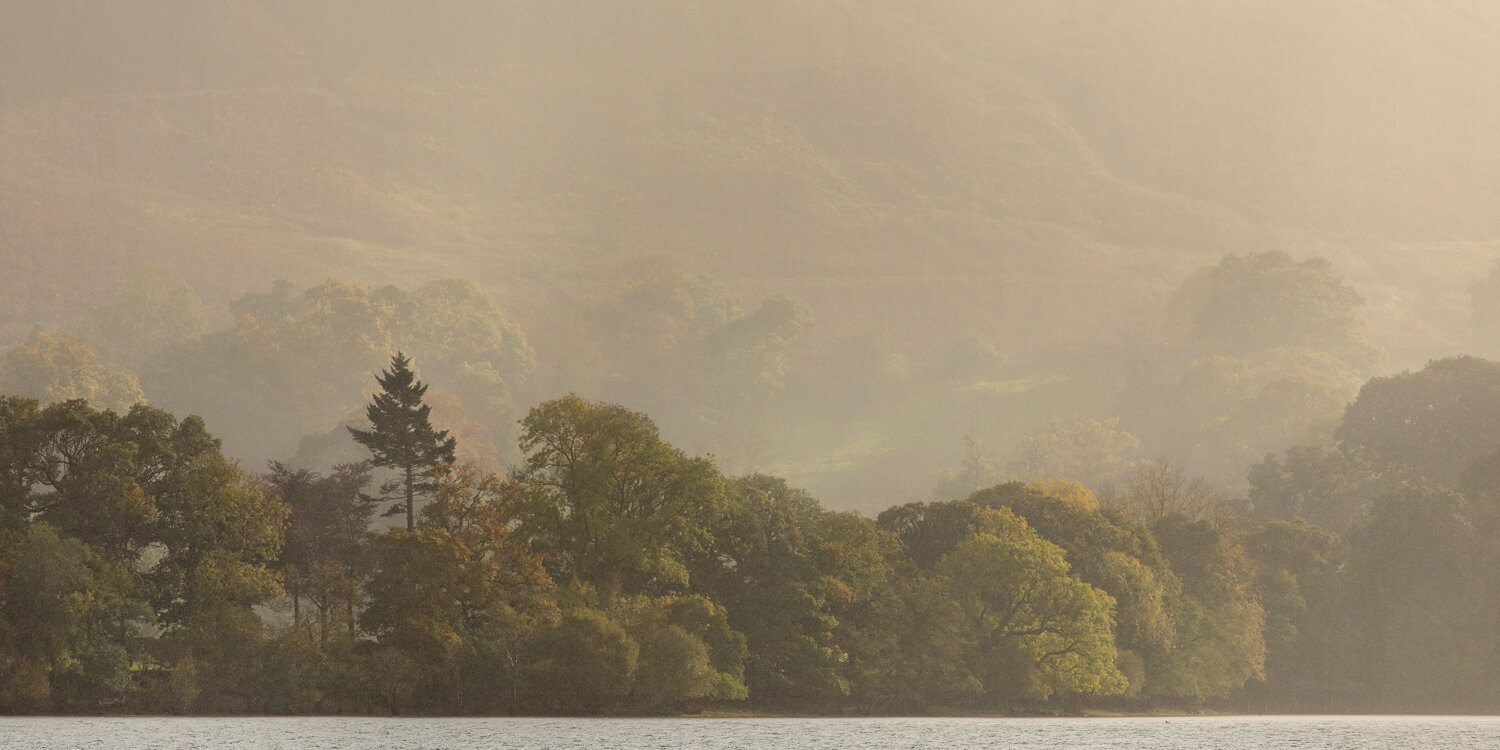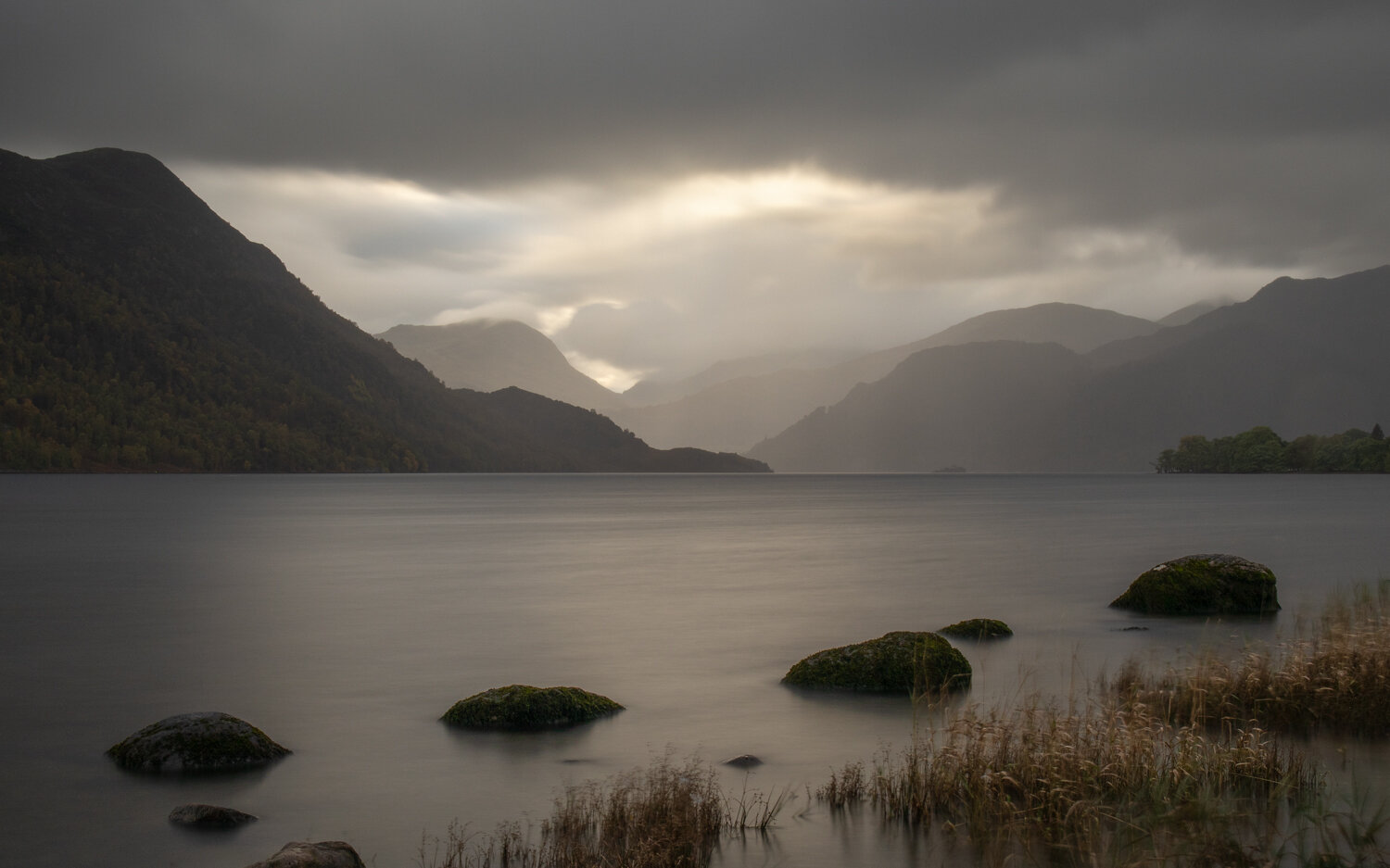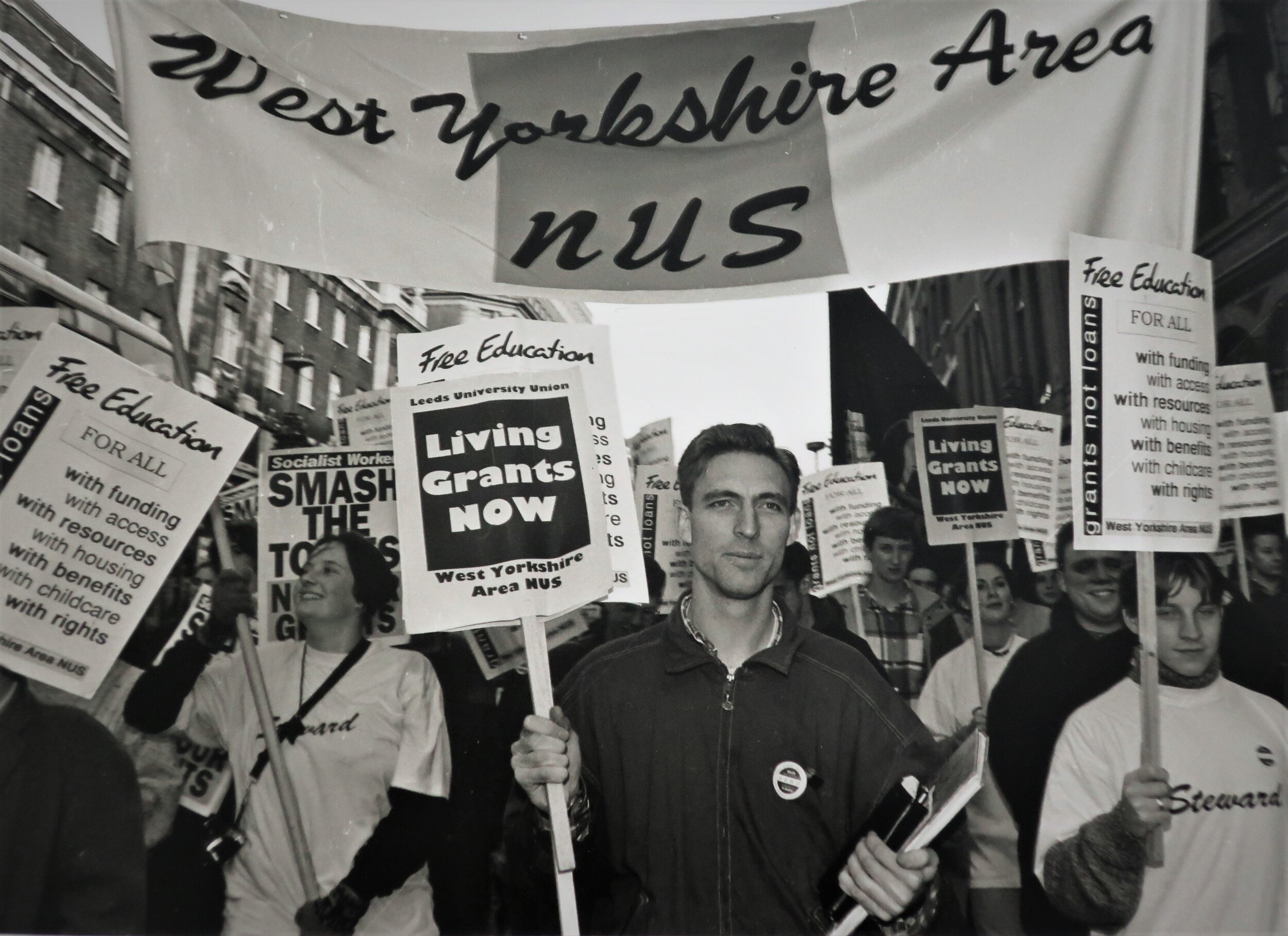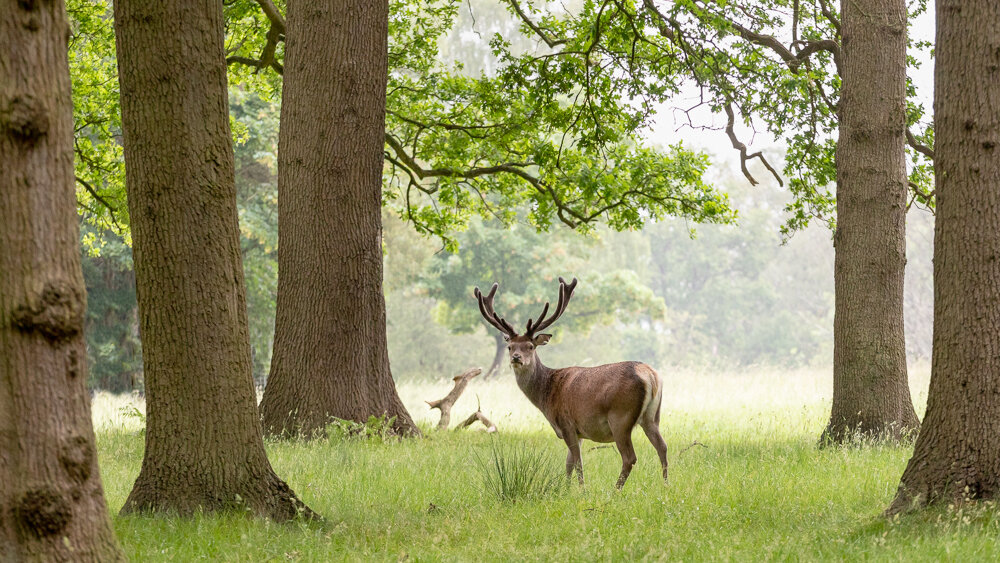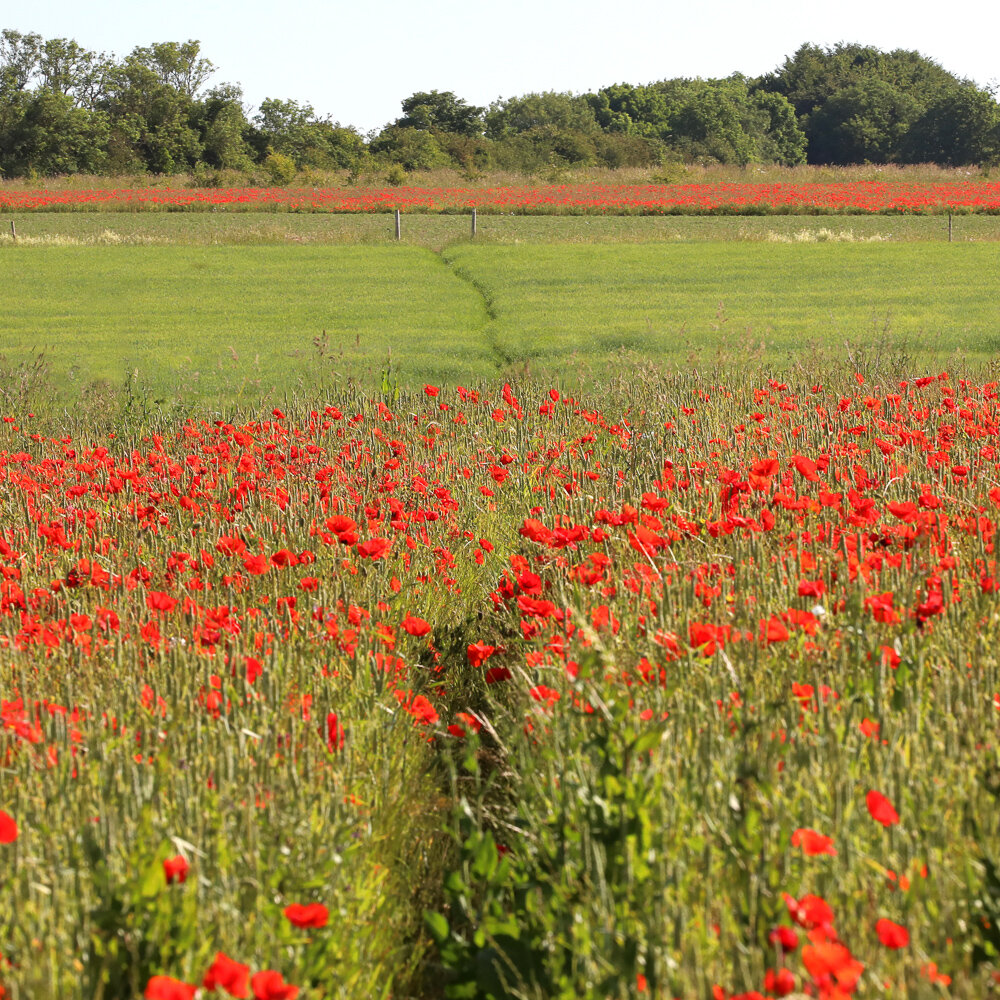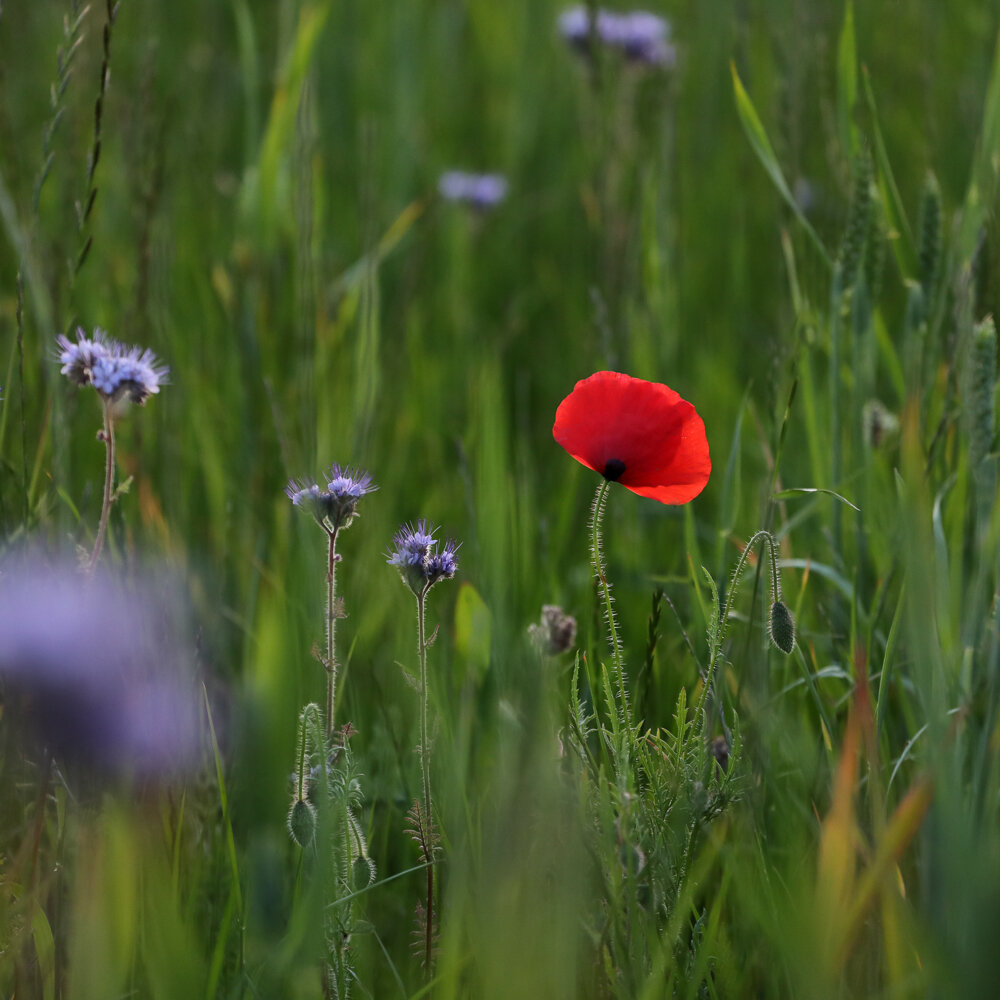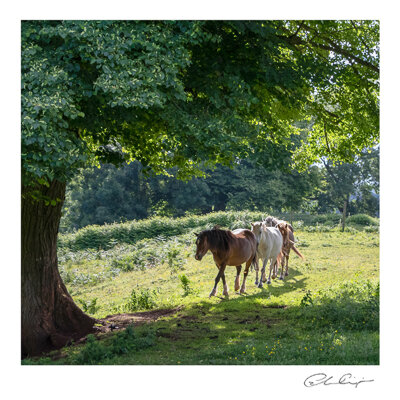I have been watching with photographer’s envy at the prolonged snowfalls in many parts of the UK and particularly in the Lake District and Scotland. In Hampshire, with only a few exceptions, we have been having a fairly bland winter. We had quite a lot of cold weather in late December and January, but no snowfalls settling for more than a few hours and only one or two notable frosts. I have managed a couple of shoots but I hope we get some additional dramatic episodes because I have a few locations I want to visit this year. I am prepared to wait for a late winter / early spring strike when we may even be moving out of the strictest lockdown and I could venture further afield.
The first image is of my local Dutch barn that I shot in May of 2020 and detailed in my previous blog ‘The Wonder of Light’, linked below the image.
One of only two briefly settling snowfalls of the winter so far.
The most dramatic frost of the year came right on day one; a rather nippy night on the 31st dawned to a thick frost coating the ground and trees. Fortunately the lack of celebrations played in my favour and I grabbed my camera bag and headed to a local farm on the edge of the village. I am photographing the farm through the seasons so am lucky enough to be able to wander freely. Which is exactly what the ducks were doing on the lake that morning while the resident black swans rather hogged the open water. I was out for three hours before the frost melted away.
The beech along the path leading to the farm - frost bathed.
The ducks taking a walk on the lake.
Wonderful contrast in the trees.
Dipsacus frigorissimus
A triple black swan event
So, I hope to be able to bring you a ‘Winter, The Return’ blog before we are done. In the meantime, there may well be one or two episodes of my retrospective 30/30.




